If you spend ten minutes looking through history, you’ll certainly notice that this word ‘empire’ comes up an awful lot: the Roman Empire, the British Empire, etc. But what exactly do we mean when we say this? And which were the greatest empires in history by size and population? The British Empire is widely considered to be the very biggest, peaking in power in the early 20th century and ruling over 23% of the world's population in 1913, but there have been many others shaping the history of humankind.

What Is an Empire?
Firstly, though, let’s think about what actually makes an empire an empire. It’s not a case of how much land is covered, nor about how many people are subject to its rule. It’s not really a quantitative problem at all.
Rather, the things that makes an empire properly imperial are only two: one is a case of conquest, or of a ruler taking over many different territories; the other is semantic, meaning that it is a problem of language.
Conquest and Territories
In the first case, historians have designated as empires groups of territories that are all subject to one ruler – directly or indirectly. This means that whilst Russia now might be very large, it doesn’t mean it’s an empire.
But, if it were to invade Mongolia and replace its government, then we would have something of an empire: two territories – or more, if it then went on to conquer China – would now be under the control of one ruler or government. As such, empires often show a significant ethnic, religious, linguistic, and cultural diversity.
Let’s take the Ottoman Empire as another example. At one point, countries as diverse as Egypt, Bulgaria, Greece, and Lebanon were all under the domination of the Ottomans, who were based primarily in Turkey. These countries made up different ‘eyalet’ – or administrative units – of the Empire and were ruled by governors under the supervision of the Sultan or Emperor. This subordination, following imperial expansion and conquest, is thought to be a defining feature of an empire.
Land and Sea
It is important to point out that there are two main types of empire within this idea. These are known as ‘terrestrial empires’ and ‘thalassocracies’, the first being empires conquered by land and the latter being those dominated by sea.
The Mongol Empire is a great example of the former, as it spread outward, under Genghis Khan, from the Mongolian steppes. At the start of the empire, Genghis sent invasions in all directions to defeat and reign over as much land as quickly as possible.
Whilst terrestrial empires are often contiguous – meaning all joined up – thalassocracies, or sea empires, do not need to be. The British Empire is an example of this, as it captured territories across the world – islands and ports as much as countries – through its incredibly powerful navy.
The Name ‘Empire’
The second definition of an empire is essentially that it calls itself an empire. This happens when a ruler changes his title of ‘king’, say, to that of ‘emperor’. This happened quite a lot.
The Russian Empire is a famous example. Here, the kings had been engaging in imperial activity since Ivan the Great and even before – conquering territories and the like. Yet, it wasn’t until 1721 that Peter the Great decided to call Russia an Empire, changing its official name from a tsardom.
The Roman Empire did something quite similar, as, whilst Octavian, or Augustus, took the title of Emperor, the Roman Senate in Rome had been expanding its borders for a long time previous to this.
On the flip side, Korea, in 1897, started calling itself the Great Korean Empire, even though it owned no further land than Korea and was swallowed up eight years later by Japan.
The First Empires
Imperial activity has probably been going on since human civilization first existed. Yet, the first we know about for sure is the Egyptian empire of about 3000BC, in which King Narmer of Egypt’s Upper Valley conquered the Lower Valley and brought it all under one rule. Some six hundred years later, the Akkadian Empire conquered much of Mesopotamia, which now makes up Iraq, Kuwait, and parts of Syria, Saudi Arabia, and Turkey.
The Shang and the Zhou Empires, both in China between 1500 and 770BC, were both huge and pre-existed the Roman Empire by over seven centuries.
The Roman Empire
However, it was the Romans who first used the term ‘empire’ as we know it now, deriving as it does from the Latin ‘imperator’, meaning commander. The Romans really set the bar for subsequent western imperialism, setting the administrative and political bases for later western governments.
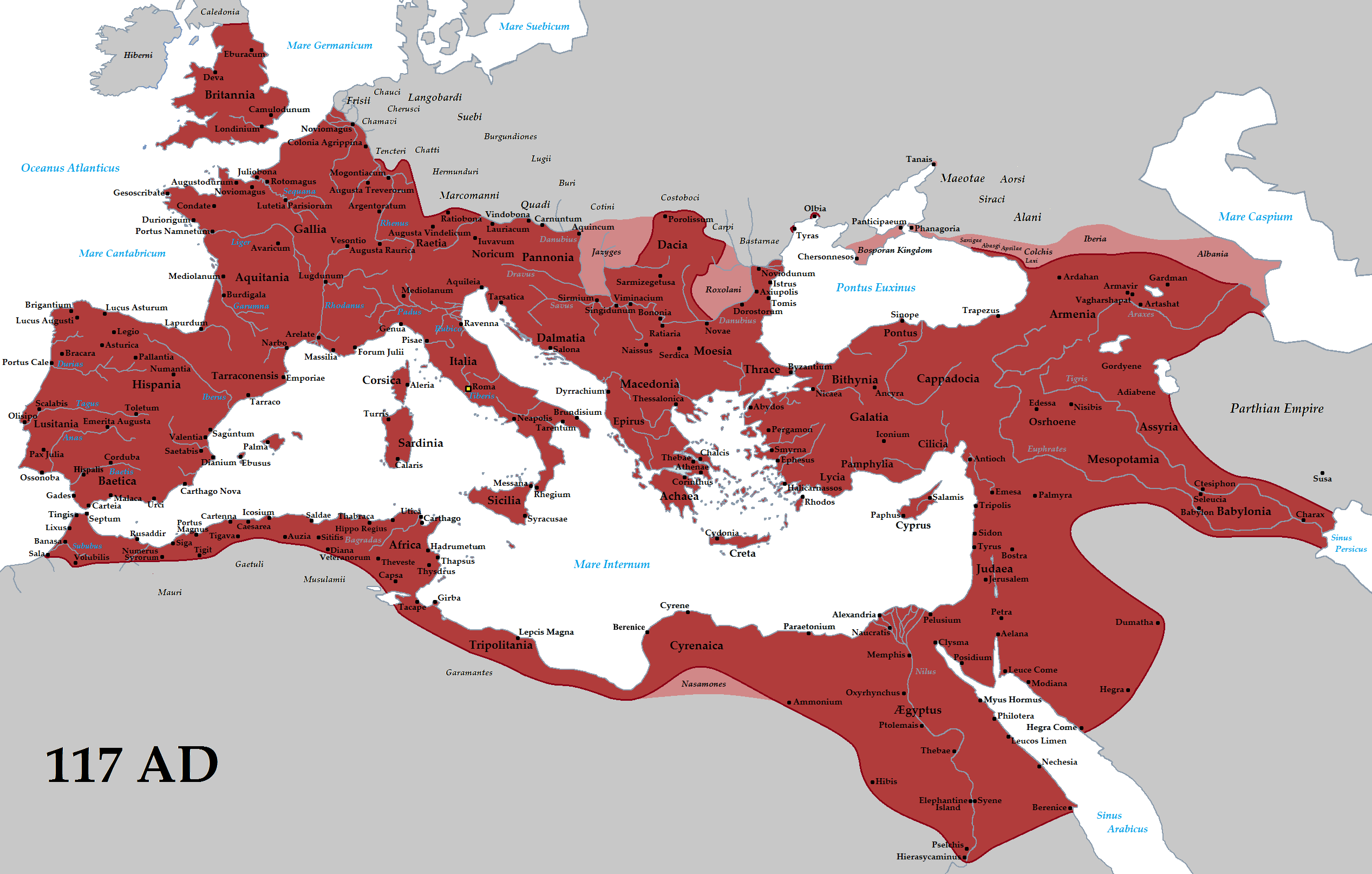
The Roman Empire lasted between 27BC and 476CE and, at its peak under Emperor Trajan, ruled over twenty-one percent of the population of the world at the time – stretching from Persia in the east to England in the west with the Mediterranean as its heart.
The Mongol Empire
Known as the largest contiguous land empire in the history of the world, the Mongol Empire was established by Genghis Khan, who united nomadic Mongolian tribes in 1206. After that, he set out to conquer the world, and he wasn’t too far off succeeding. His empire stretched from Beijing in East Asia to the Danube and the Persian Gulf in the west – a whopping nine million square miles.
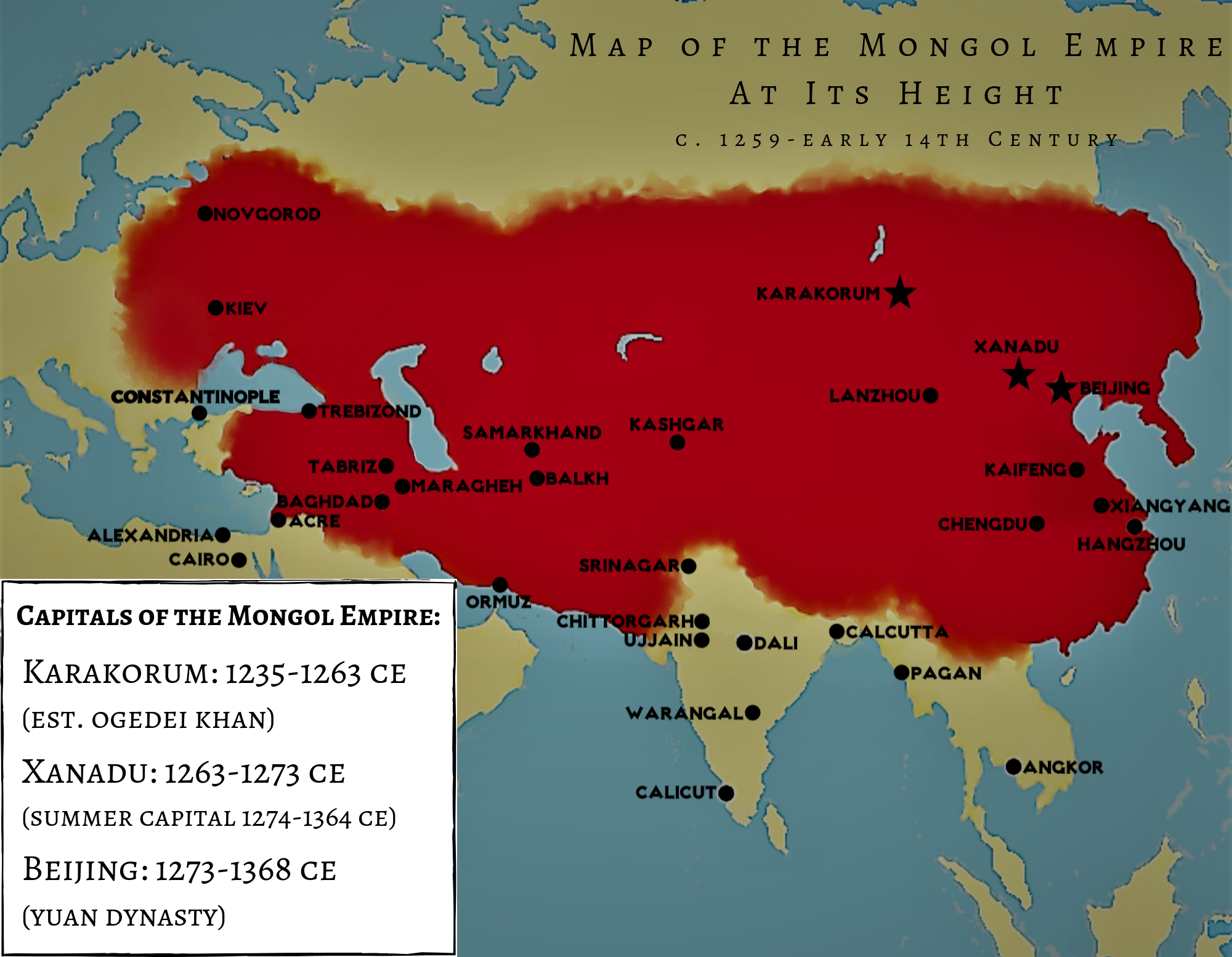
Yet, despite establishing an unprecedented period of peace in the lands he conquered – known as the Pax Mongolica – the empire only lasted in its entirety until 1294, when it broke into four parts. These parts became politically independent and eventually collapsed one by one.
The Ottoman Empire
After the Roman Empire had split into two, the Eastern half became known as the Byzantine Empire, and it was based in Constantinople. It lasted until 1453, when Constantinople was conquered by Mehmed the Conqueror, the descendant of Osman I, the first Ottoman Emperor who established the Empire in 1301. His dynasty led the emperor from Istanbul (the new name for Constantinople) for over six centuries.
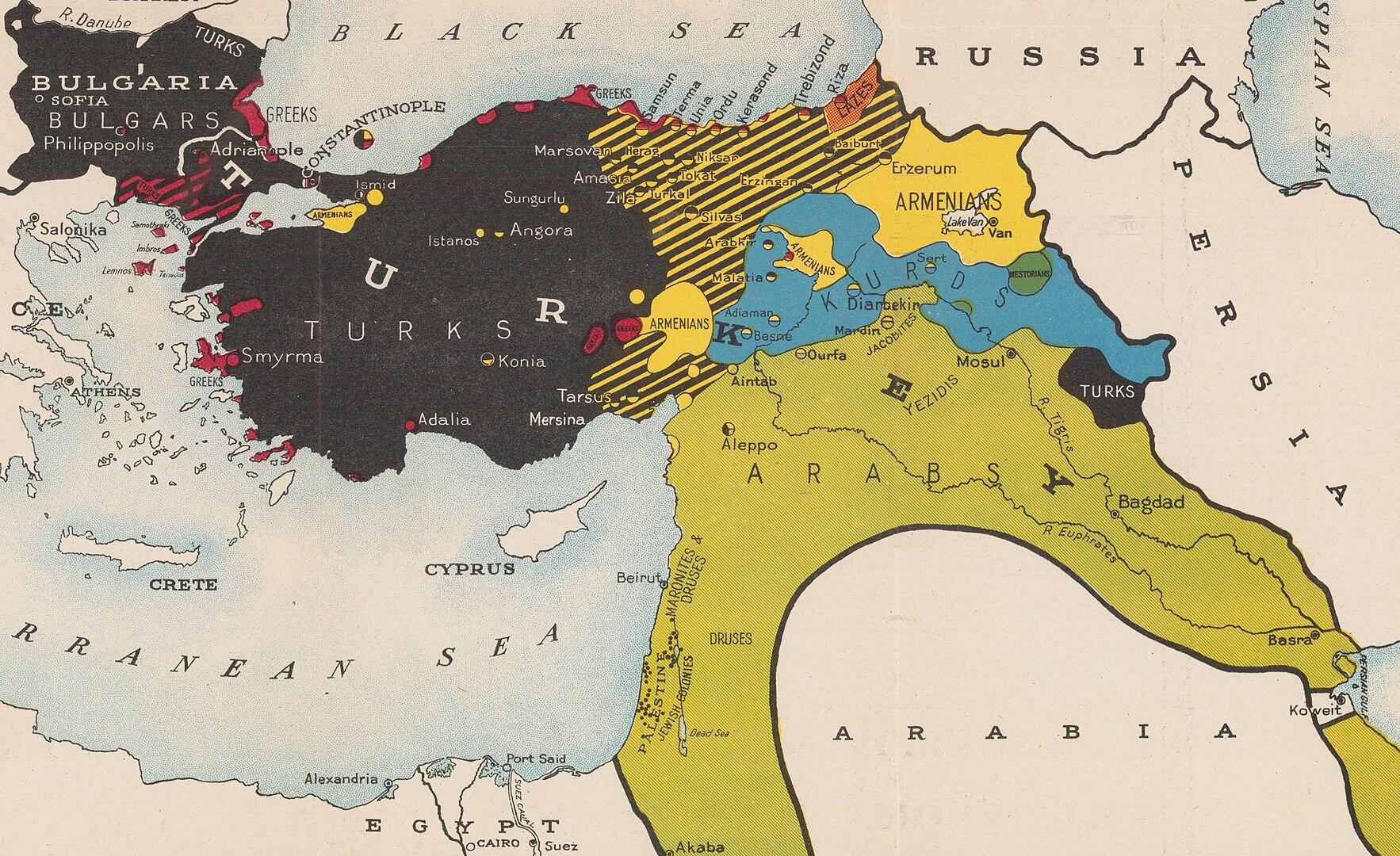
This spread over three continents and is remarkable for its combination of terrestrial conquest and naval proficiency. Whilst the sultans were Muslim, the empire was highly diverse and without any form of enforced religion.
The Qing Dynasty
Starting life in Manchuria, northern China, in the seventeenth century, the Qing Dynasty was one of the longest surviving of Chinese dynasties and the largest empire in Chinese history.
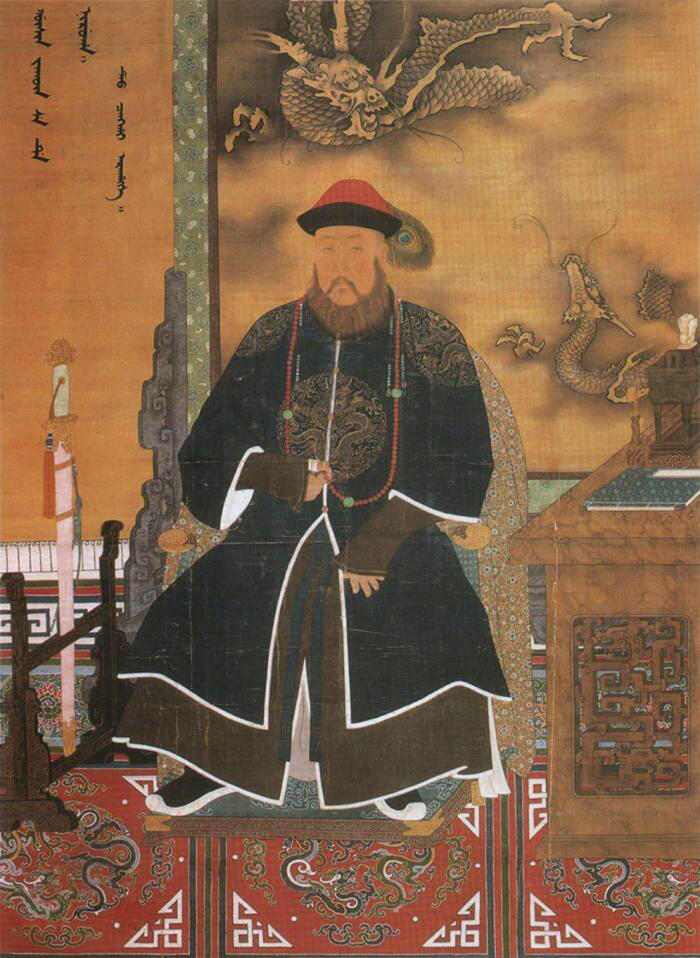
It succeeded to form the borders of modern China and to unify Manchus, Mongols, and Han Chinese under the same ruler. It wasn’t until the nineteenth century that problems started, with the rise of Christianity in China and the outbreak of revolt and revolution throughout the century.
The Qing dynasty claimed a "Mandate of Heaven" and in the 17th century was split, installing Hong Taiji's five-year-old son, Fulin, as the Shunzhi Emperor, with Dorgon as regent and de facto leader.
Part of the cause of the decline of the Qing was its failure to modernize in the face of incredibly technologically advanced powers. This meant that when war came, it didn’t stand a chance.

The Russian Empire
The Russian Empire was only one incarnation of the Russian kingdom, which began in 1547 as the Tsardom of Russia. In 1721, under the rule of Peter the Great, however, it changed its name to Imperial Russia – and became something of world power.
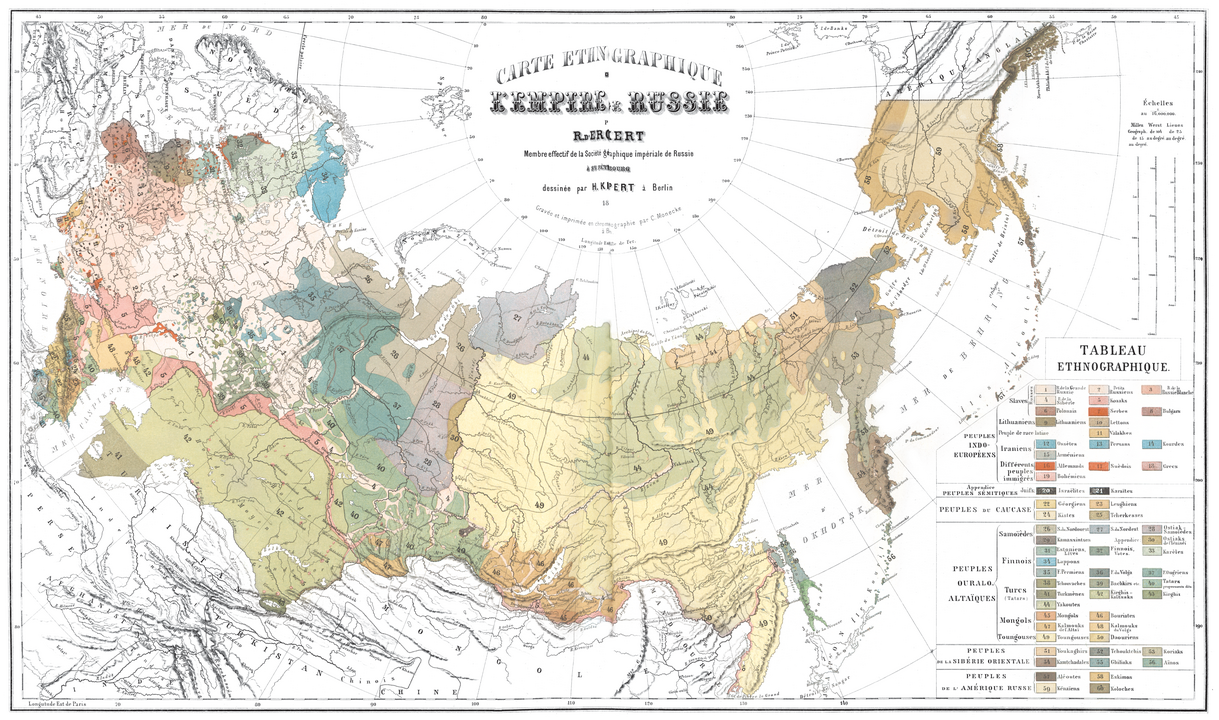
At its peak – through the reigns of Peter and Catherine the Great – the Russian Empire was vast, having extended its territory across three continents: Europe, Asia, and North America, where it owned Alaska. It was so large in fact that it is considered one of the three largest empires after the British and the Mongolian.
The Russian Empire entered into a period of decline when rebellion and assassination threatened the stability of the throne. The monarchy was overthrown in 1917 by the Bolshevik Revolution, which turned the Empire into a republic – a state with an elected head.
The British Empire
It is not an exaggeration to say that the British Empire shaped the modern world, as the extent of its colonies was enormous. Following exploration by the Spanish and Portuguese in the Americas, Britain – at that point England and Scotland separately – began to accumulate colonial assets across the world.
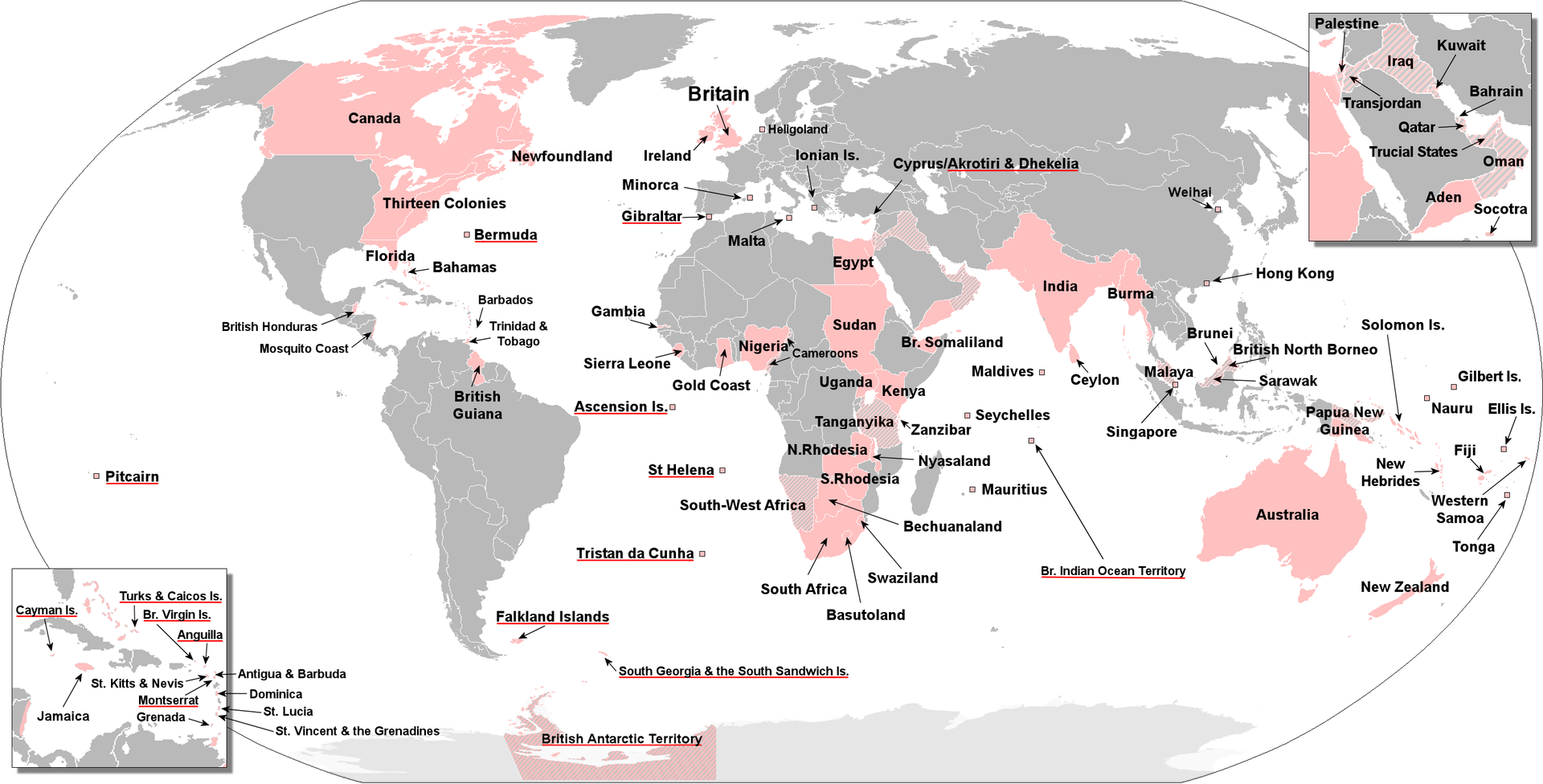
At its height, the British Empire was the largest empire in history, ruling over 412 million people—23% of the world's population in 1913. By 1920, it spanned an incredible 13.71 million square miles, nearly a quarter of the Earth's landmass, shaping global history on an unprecedented scale. It had a colonial presence on every continent on the planet - from Australia to the Caribbean, with the entirety of India and parts of Africa in between.
It fell due to the eventual weakness of Britain and due to the calls for independence and autonomy from colonial societies across the globe.
Spanish Empire
The Spanish Empire ran from the 15th–19th centuries and was one of the greatest empires in history, covering territories across Europe, the Americas, Africa, and Asia. It emerged following the Reconquista and Christopher Columbus's voyages, which established Spain's dominance in the New World.
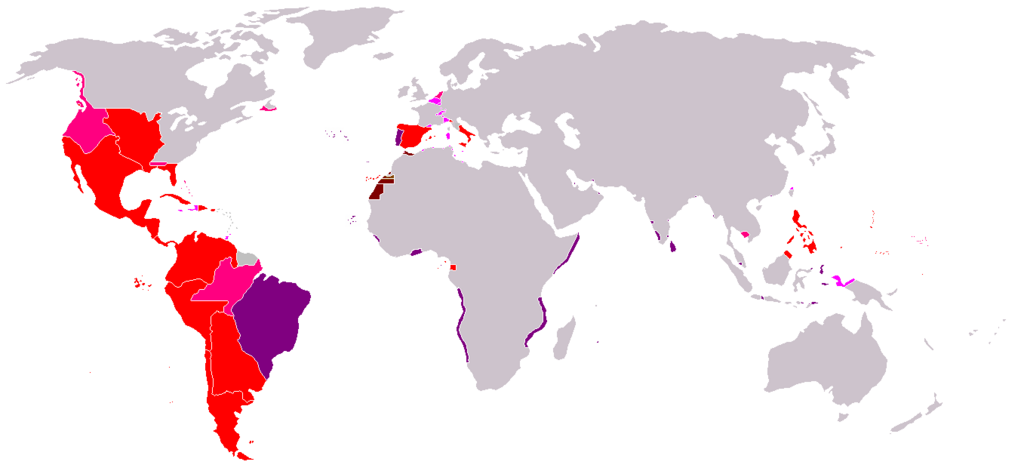
By the 16th century, the Spanish empire included much of the Americas, parts of Italy, the Philippines, and coastal Africa.
At its height, it spanned over 5.2 million square miles.
The empire was pivotal in global trade, particularly through its control of silver from the Americas and its Manila Galleons connecting Asia and the Americas.
Portuguese Empire
The Portuguese Empire which was around the time 15th–20th centuries was the first global maritime empire, stretching from South America to Africa, India, and Asia. It began with explorations led by figures like Prince Henry the Navigator and Vasco da Gama.
At the incredible peak of the powers in the 16th century, it controlled territories including Brazil, Goa, Macau, and Angola. With an area of over 4 million square miles, its influence extended across continents, pioneering the Age of Discovery and establishing a global trade network.
Yuan Dynasty
The Yuan Dynasty 1271–1368, founded by famous historic figure Kublai Khan, was the Mongol Empire's successor in China. It unified China under Mongol rule and controlled vast regions, including parts of Central Asia.
At its height, the Yuan ruled over 4.2 square miles, connecting East and West through the Silk Road and fostering a huge level of exchange as well as technological advances.
The dynasty left a lasting impact on China's political and cultural systems and this is remembered as a time of great evolution, including reaching out to the rest of the world through trade routes.
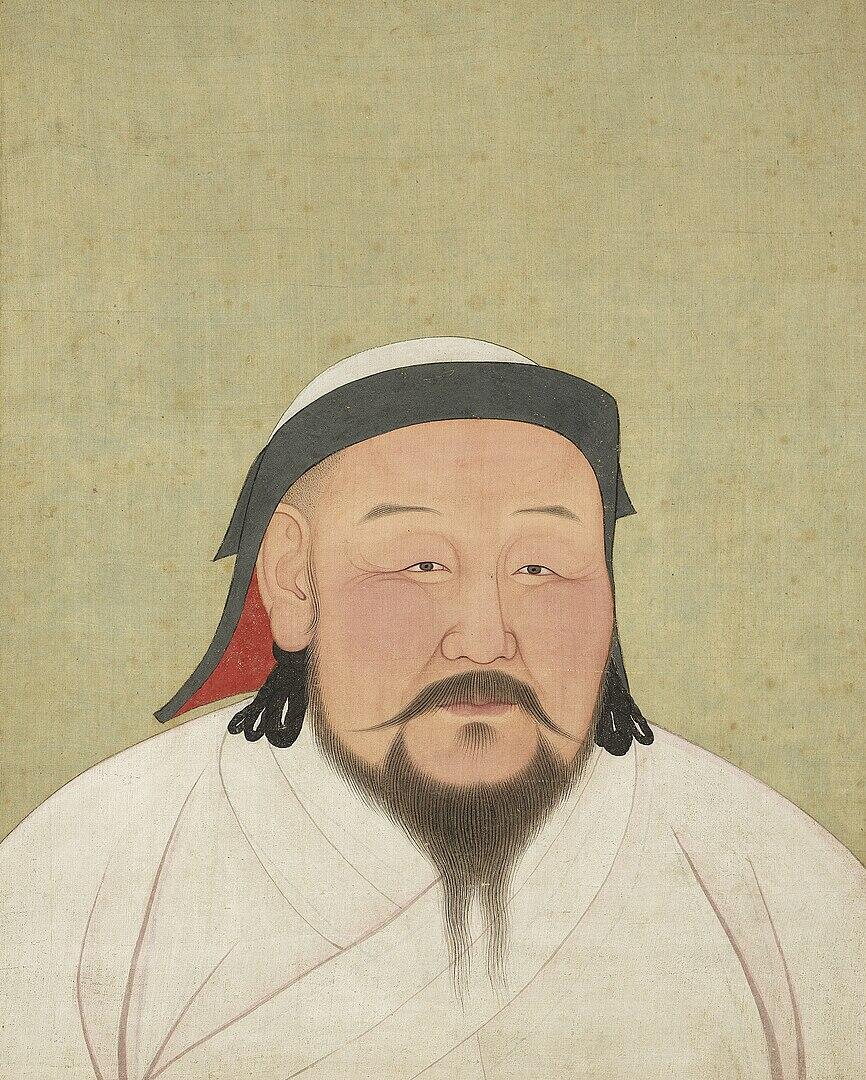
The Yuan Dynasty made a lot of advancements and learned a huge amount through travel and mixing with others. There were great leaps forward in things like medicine and even culture and art as this empire dominated the East.
Xiongnu Empire
For some of these empires, we need to go way back in time...The Xiongnu Empire (3rd century BCE–1st century CE) was a confederation of nomadic tribes in the Eurasian steppes, primarily modern-day Mongolia and northern China.
It was one of the first empires to challenge early Chinese dynasties like the Han. At its peak, it spanned over 3.5 million square miles, influencing trade and politics across Central Asia. The Xiongnu's military tactics and interactions with China shaped the development of the Silk Road and frontier defenses like the Great Wall.
Learn More About History with Superprof
Whether you are interested in the historic Qing dynasties of China or the more modern empires that still existed in the 20th century, there are plenty of options for those who are looking to explore the greatest empires of all time and understand what they offered.
Our tutors can help. Whether you are preparing for a history exam or you are just interested in these areas of history, Superprof can connect you with a knowledgeable and flexible tutor to help you to grow your understanding.

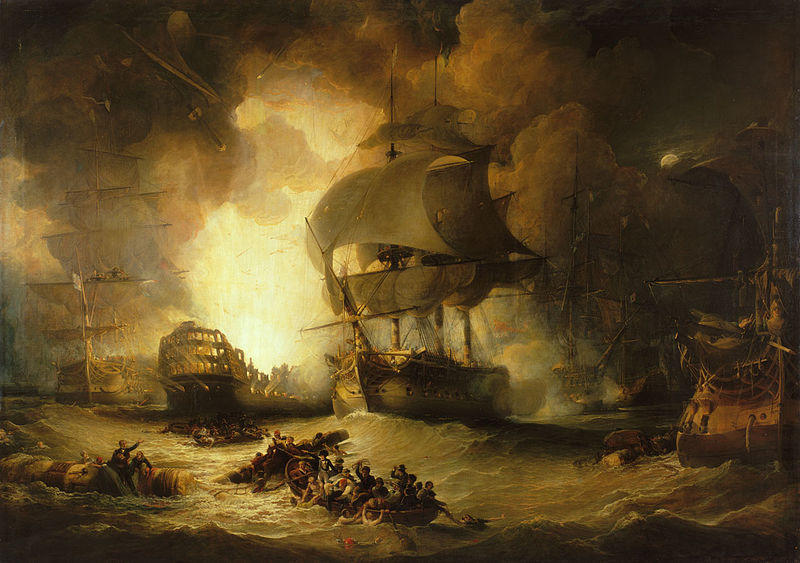














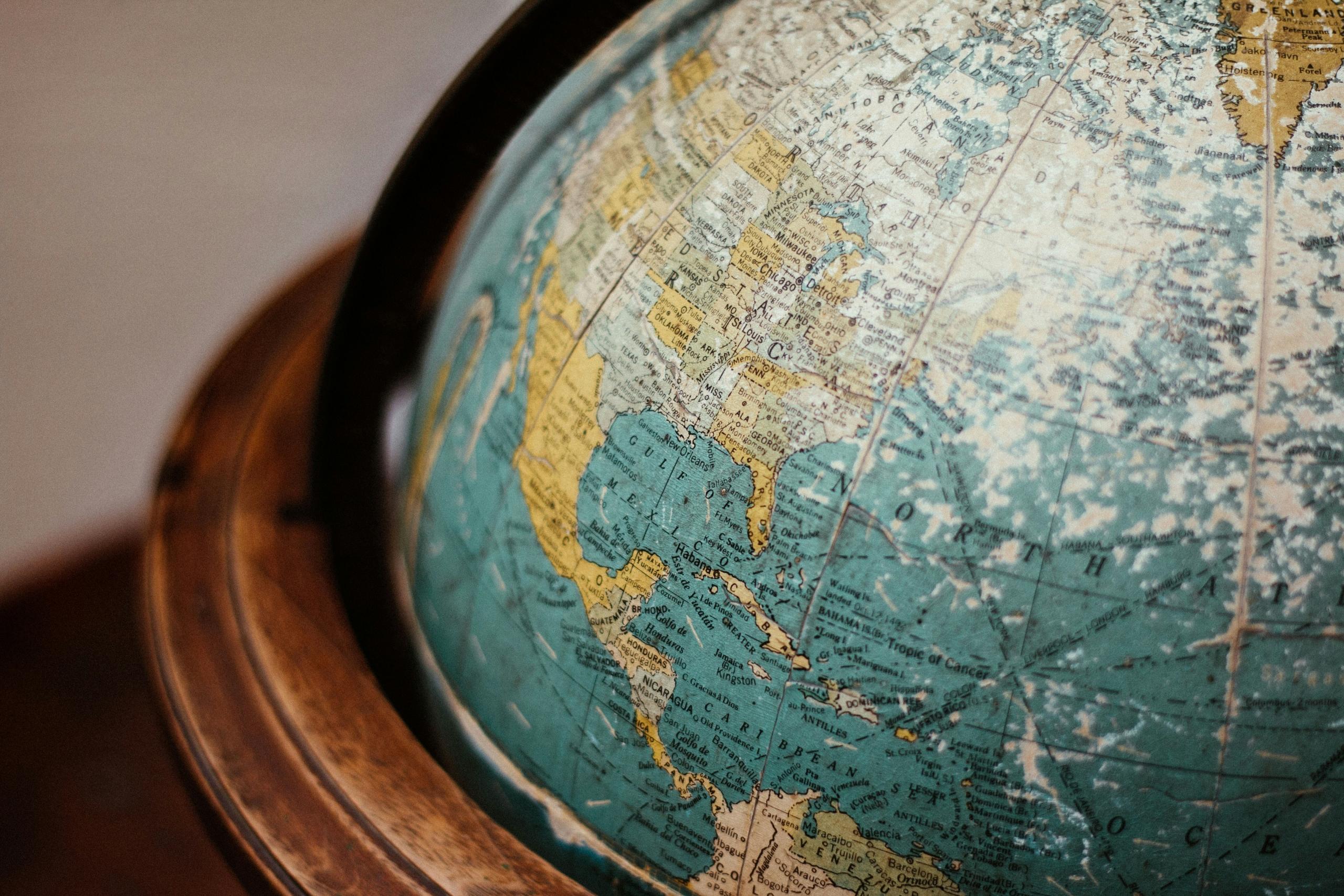


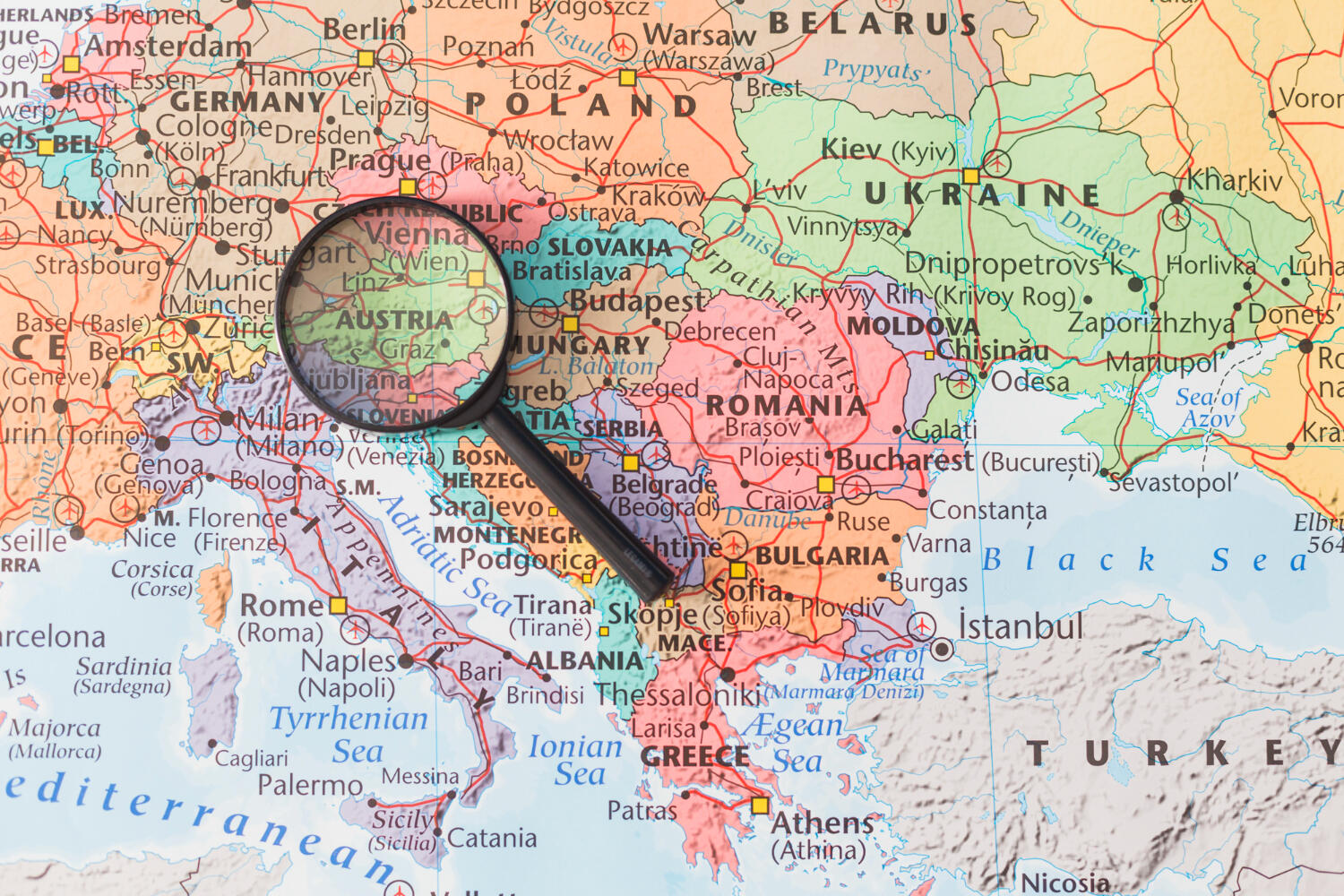
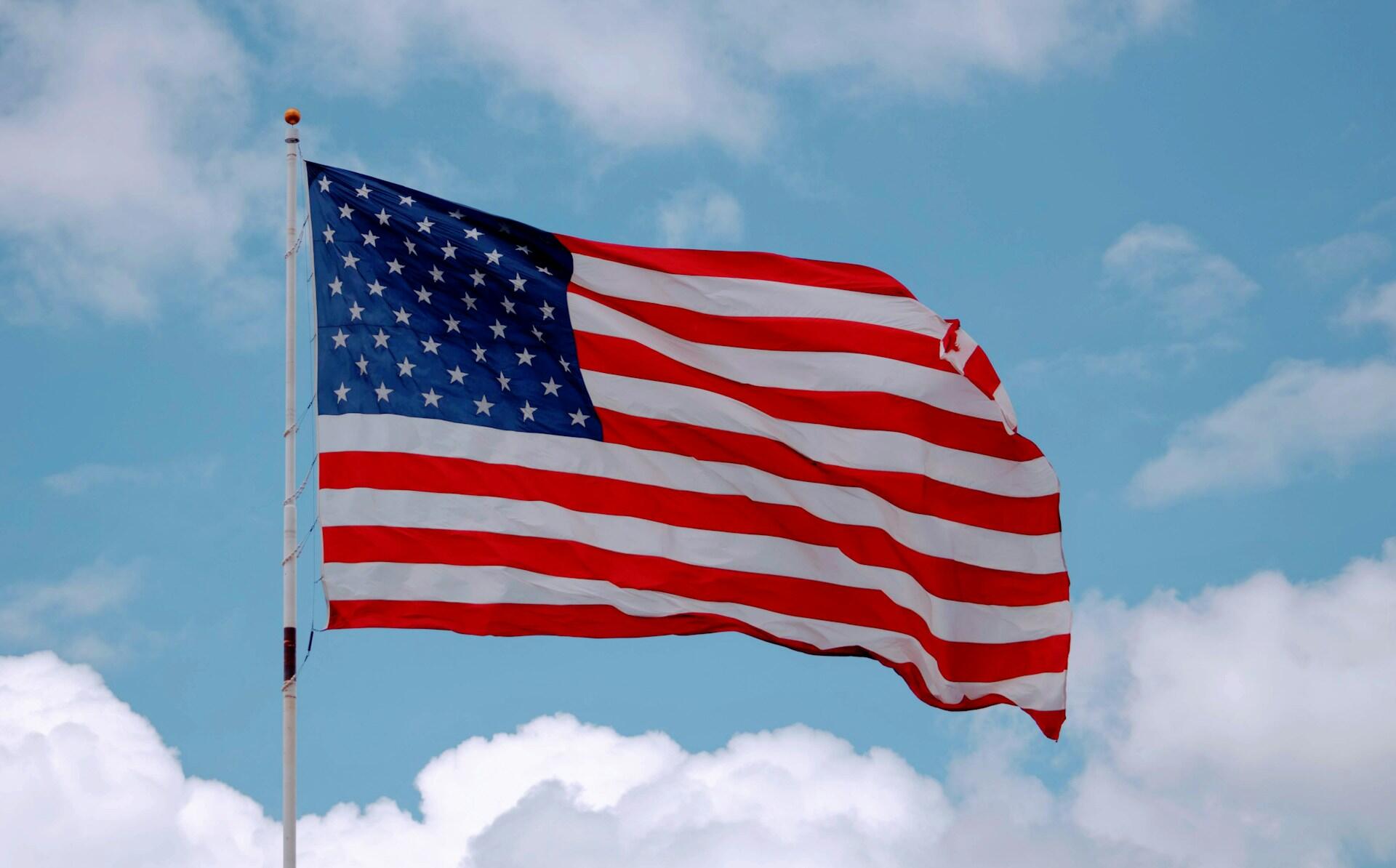




You are missing the grestest Empire ever tge SPANISH EMPIRE 50% OF THE WORLD, CARLOS V, FELIPE II, III…
Thank you very much. It’s really useful to me. I wish for your success!
Nice overview of the most important empires.